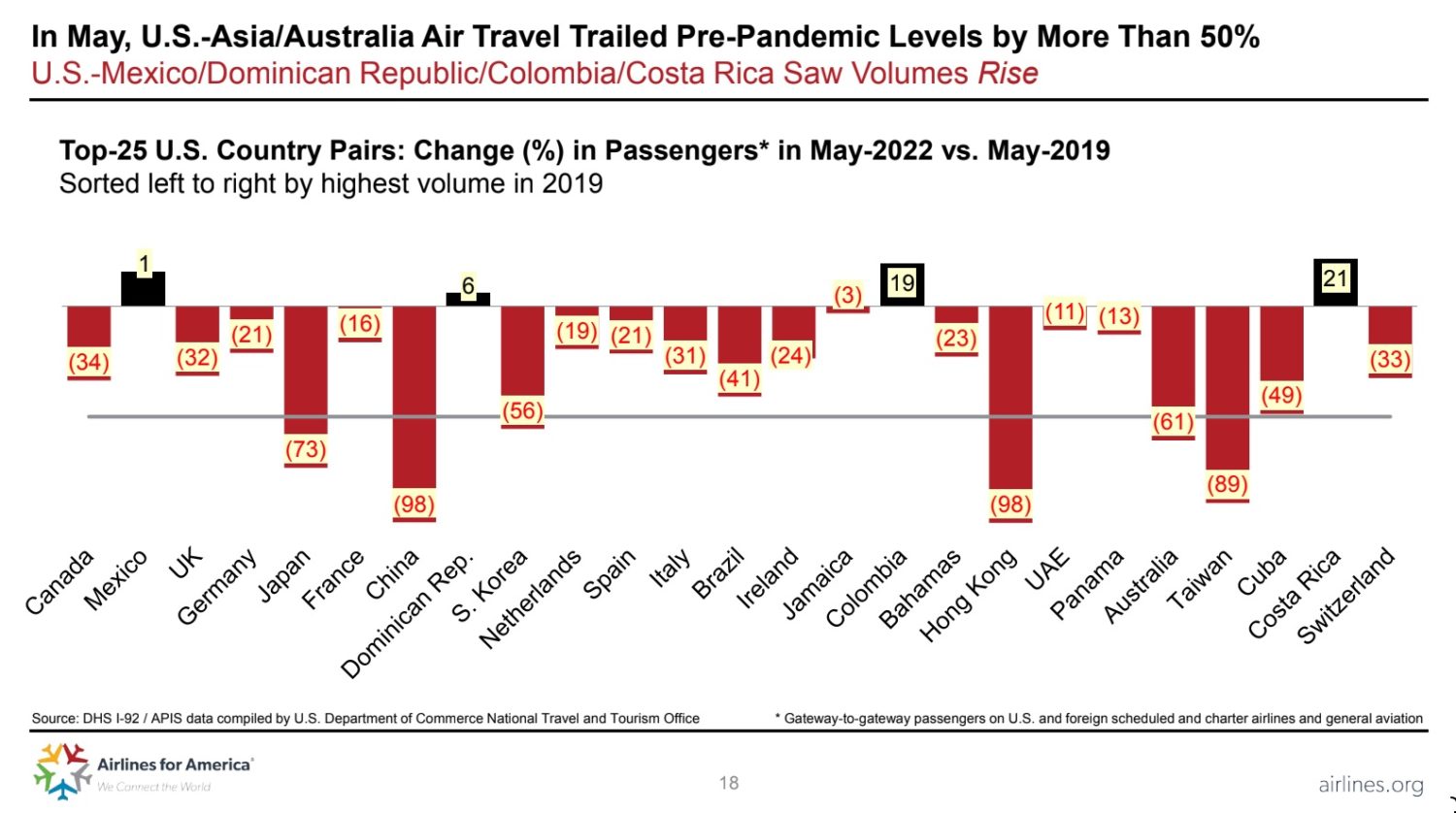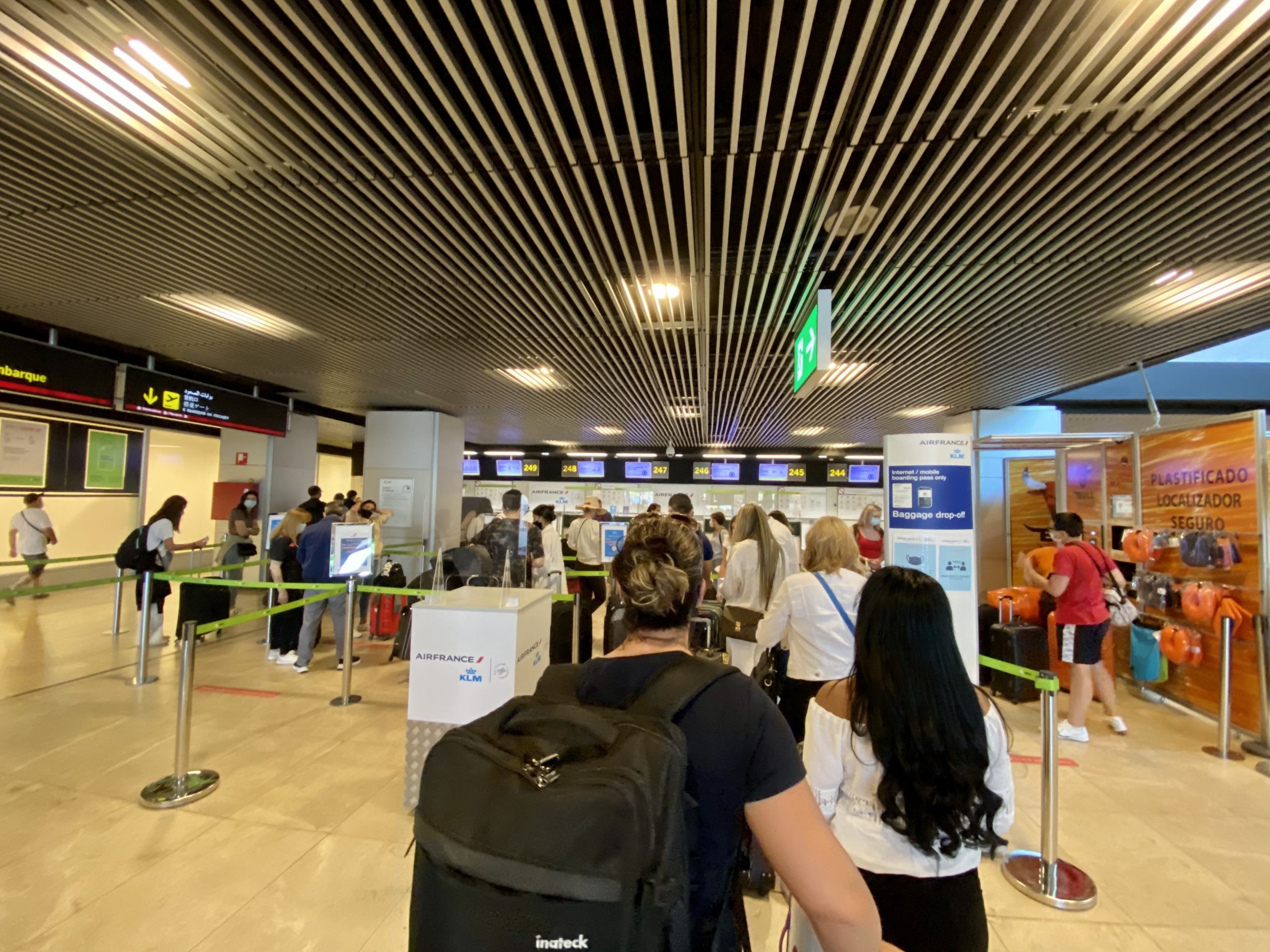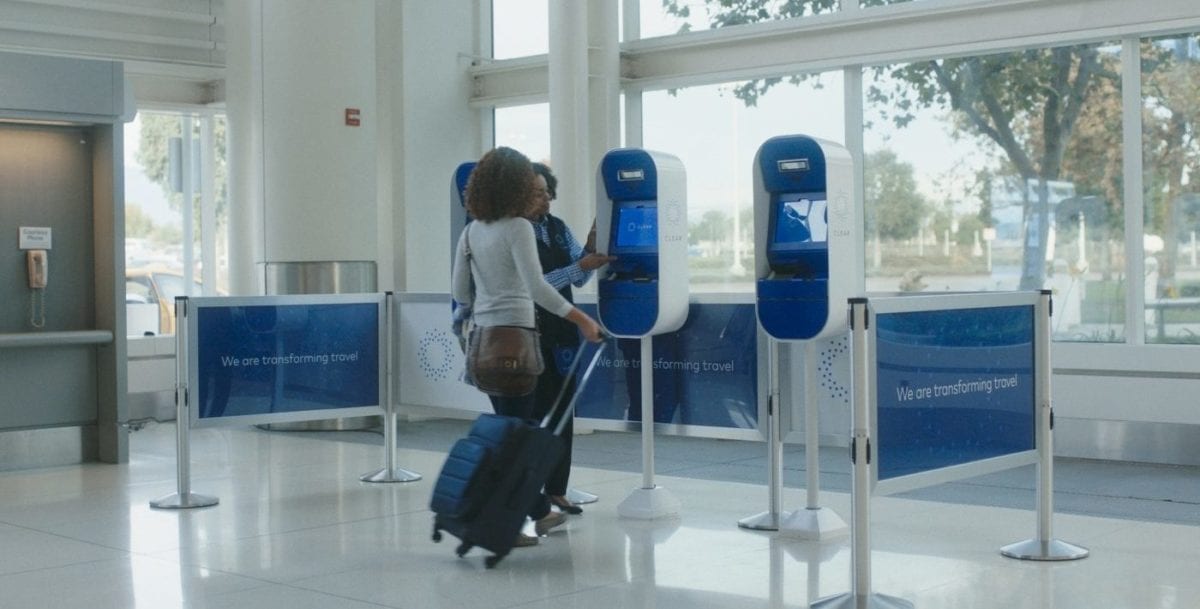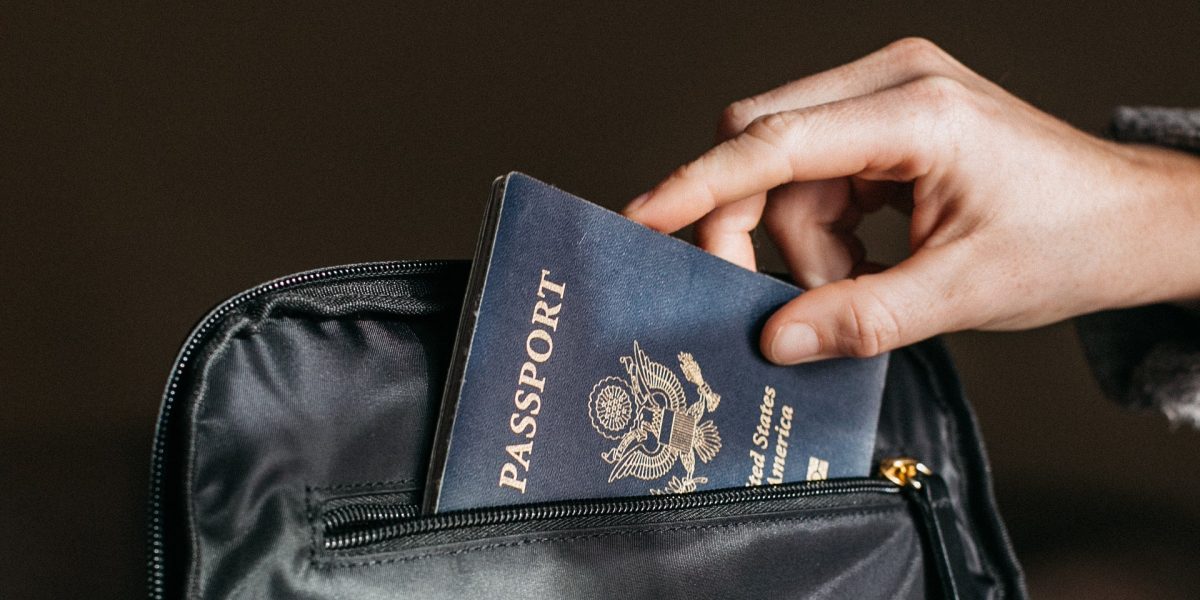It's the news that travelers have been waiting for … for many, many months: The days of testing to fly home after a trip abroad are officially over.
After being first introduced in January 2021 and tightened throughout the course of the pandemic, the Centers for Disease Control and Prevention (CDC) requirement to get a negative COVID-19 in order to fly to the U.S. ended at midnight on Sunday. The news of the long-awaited change broke last Friday, with Biden administration officials eventually confirming the news.
It's the most significant loosening of U.S. travel restrictions we've seen since the start of the pandemic, allowing Americans to travel internationally without the fear of getting stuck abroad for the first time in almost 18 months. Airlines, industry groups, and everyday travelers alike had been calling for the end of the testing rules for months.
Now, it's a reality. Here's a look at what that means for the rest of 2022 and beyond.
Easier Trips Abroad
This one is obvious. International travel is about to get much, much easier for Americans.
Until Sunday, everyone from foreign visitors to fully vaccinated American citizens returning home needed a COVID-19 test taken no more than one calendar day before departing for the U.S. Foreign tourists will still need to prove they're fully vaccinated, but Americans can now forego return testing regardless of their vaccination status.
The CDC said it would reassess the decision in 90 days, leaving the door open to reimposing testing requirements if the pandemic takes a turn for the worst. But in reality, it's hard to fathom testing rules making a comeback – as the saying goes, the genie is out of the bottle.

It's welcome news for anyone with international travel on their agenda in the months ahead. No more tracking down a testing site during your trip abroad, no more paying $30 to as much $200 for tests, and no more sitting on pins and needles as you wait for a negative result so you can fly home.
Getting the test you needed to get home definitely got easier over time. Many resorts throughout Mexico and the Caribbean offered free onsite testing to guests. You can't walk more than a block or two in major European cities without finding a rapid testing site. And at-home testing kits emerged as perhaps the easiest way to get the test you needed to fly home.
But the real hurdle wasn't just finding a test. It was the prospect of getting stuck abroad that scared travelers away from international travel.
Of course, you may still need a negative COVID-19 test, proof of vaccination, or both – it depends on where you're going. The entry requirements vary from country to country.
But we've seen more and more countries drop pre-travel testing requirements for fully vaccinated, even Australia. And many countries are dropping travel restrictions altogether, including Iceland, Ireland, the U.K., Italy, and many more.

Check our country-by-country guide to international travel restrictions!
Yet it's the return testing that threw a wrench in many travelers' plans. With that stress gone, one natural thing will follow…
Another Surge in Travel Demand
After hitting rock bottom in the early days of the pandemic, travel demand has slowly but surely recovered back to near-2019 levels. But it hasn't come back evenly.
Domestic leisure travel is through the roof, as are trips down to Mexico and the Caribbean. Business travel lagged, but corporate flyers have been returning to the skies in recent months. But long-haul trips to Europe? And especially to Asia? They're still down compared to before the pandemic.
You can see that clearly in this chart from Airlines for America, tracking how travel between the U.S. and 25 top countries has changed since 2019.

While many travelers clearly decided to risk it over the course of the last year and change and plan trips abroad for 2022, it's clear that the testing requirement has scared off many more, keeping international travel at bay. That's exactly what the travel planning app TripIt found in an April survey, too.
- 60% of travelers surveyed wanted the testing requirement to end.
- 44% of respondents said they would be more likely to travel once that rule was lifted.
Even with travel demand already exploding heading into summer, we expect to see yet another surge in travel thanks to the end of the testing mandate. In fact, we may be already seeing it on inbound international flights to the U.S.
On Friday, the day that the news of testing requirements ending dropped, the business travel management company TripActions recorded a 23% increase in bookings for international flights to the U.S.
So yes, there's room for growth with international travel – and clearly appetite for it. Given the long distance and strict travel restrictions in many popular countries – though there are signs that Japan could open its borders to more travelers soon – it will take much longer for transpacific travel to Asia to bounce all the way back.
But Europe is primed for an explosion thanks to this news. Heading into what at least one airline executive had previously called “the busiest over the Atlantic ever,” travel to many of the continent's most popular countries was still down by 20% to 30% compared to 2019. It's a safe bet to assume those numbers are going to climb much, much higher as Americans finally reschedule trips they've put off for the past two-plus years.
Rising Fares & More Disruptions? Maybe
More travel demand is good, right? After the worst two-year stretch in the history of the airline industry, this is what they need. Well, there's a cost.
For all the reasons driving flight prices higher in 2022, the biggest one is also the simplest: The law of supply and demand. Adding in more travelers who are suddenly willing to take a trip abroad just adds to the strain that airlines are already under.
Throughout the pandemic, travel demand has slowly but surely bounced back. As vaccinations increased and COVID-19 cases dropped, it kept growing – though not quite back to normal. But in the last few months, we've seen travel demand explode to levels we haven’t seen since before the pandemic … and it’s outpacing airlines’ ability to carry them all.
That supply-and-demand balance that’s so important for keeping flight prices in check is suddenly much tighter than any time in the last two-plus years. Airlines don't have the bandwidth to add more supply: Pilots are in short supply and so are planes. That means planes are regularly going out completely full – especially within the U.S., where data from Airlines for America shows it has reached (or even surpassed) 2019 levels.
Along with expensive fuel costs, that's driving flight prices higher. And after being stuck at home, Americans are apparently willing to pay those higher prices.
While domestic flights seem more expensive than ever, we're still regularly seeing great deals for international travel through 2022 and into 2023. But once you start throwing in more travelers ready to head abroad? That's bound to push fares higher for an international trip, too.
Check out some of the best destinations you can still find cheap flights for 2022!
The surge in travel demand could also further strain airlines at a time they're already struggling to keep up. Over Memorial Day Weekend, Delta Air Lines canceled more flights than it scrapped over the entire summer of 2019 – just the latest airline to cancel flights by the hundreds over the last year.
Until now, domestic flights have borne the brunt of the mass cancellations and delays. As travel demand spills over into international trips, will the problems spread across the globe? We sure hope not … but the last few months haven't exactly been encouraging.
Quicker Check In
Rejoice! No more lines like this to check in for a flight back to the States.
OK, I can't promise that. But with testing requirements out the window to fly home, the check-in process should be much smoother and faster than it's been for the last year and change.
Federal officials had largely left it up to airlines to ensure passengers flying to the U.S. had a negative test result in hand, which led to longer lines and a more-time consuming process to go through the necessary paperwork at the airport. Some airlines eventually brought those functions online, allowing travelers to check-in via mobile app and skip the airport desk altogether. But that was hit or miss even on the best airlines.
Bottom Line
From start to finish, in ways big and small, the end of return testing requirements for international travel will have huge ramifications for travel in 2022 and beyond.
Travelers and airlines alike have been waiting for this for months. As of Sunday, you no longer need to test negative in order to fly home from a trip abroad.






Dropping testing requirements will likely increase the number of maskless COVID-positive passengers in airports and on planes. Feels like this summer will be the return to peak “getting sick on vacation” levels, too.